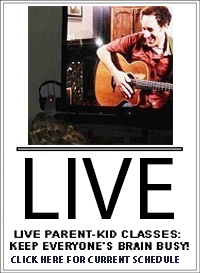The Democratic Republic of Congo, a massive tract of tropical forest smack dab in the center of Africa, has appeared on the map as Congo Free State, Belgian Congo, Congo-Leopoldville, Congo-Kinshasa and Zaire, mainly beneath the thumb of the colonial powers that have long viewed the DRC as an infinite generator of natural resources. In the ’60s, after the country, then known as Zaire, became independent from Belgium, Western powers supported General Mobutu Sésé Seko as he stepped forth to steer the country away from Communism. And step he did…all over Zaire’s people. Since Mobuto’s death in 1997, the country has suffered a series of horrendous military conflicts that have drawn in several of its African neighbors and has become known as “Africa’s World War.”
By contrast, Republic of the Congo has been comparatively politically stable since the ’60s when it gained independence from France and became a Marxist state. Stable…? Sort of. Free and democratic…? Not necessarily.
Most of the DRC’s 68 million people live scattered among its 900,000 square miles of tropical forest. By contrast, 70% of Republic of the Congo-Brazzaville’s 4 million or so people live not in the dense forests, but in its few cities. (Republic of the Congo’s forests are, however, home to 80% of the world’s gorillas and most of its wild chimpanzees.)
While most of DRC’s people are Bantu, albeit from 200 different ethnic groups, in the Republic of the Congo there is a stark class divide between pygmies and Bantu people, with Bantu most often coming out on top.
About 80% of the DRC’s people are Christian. While 50% of the DRC’s Christians are Roman Catholic, the country also includes a healthy number of Kimbanguists whose denomination, which follows “the church of Christ on Earth by the prophet Simon Kimbangu,” eschews politics and embraces a puritan ethic, rejecting the use of
violence, polygamy, magic and witchcraft, alcohol, tobacco, and dancing. By contrast, in the Republic of the Congo. Christians and animists split the population about 50/50.





Comments are closed.